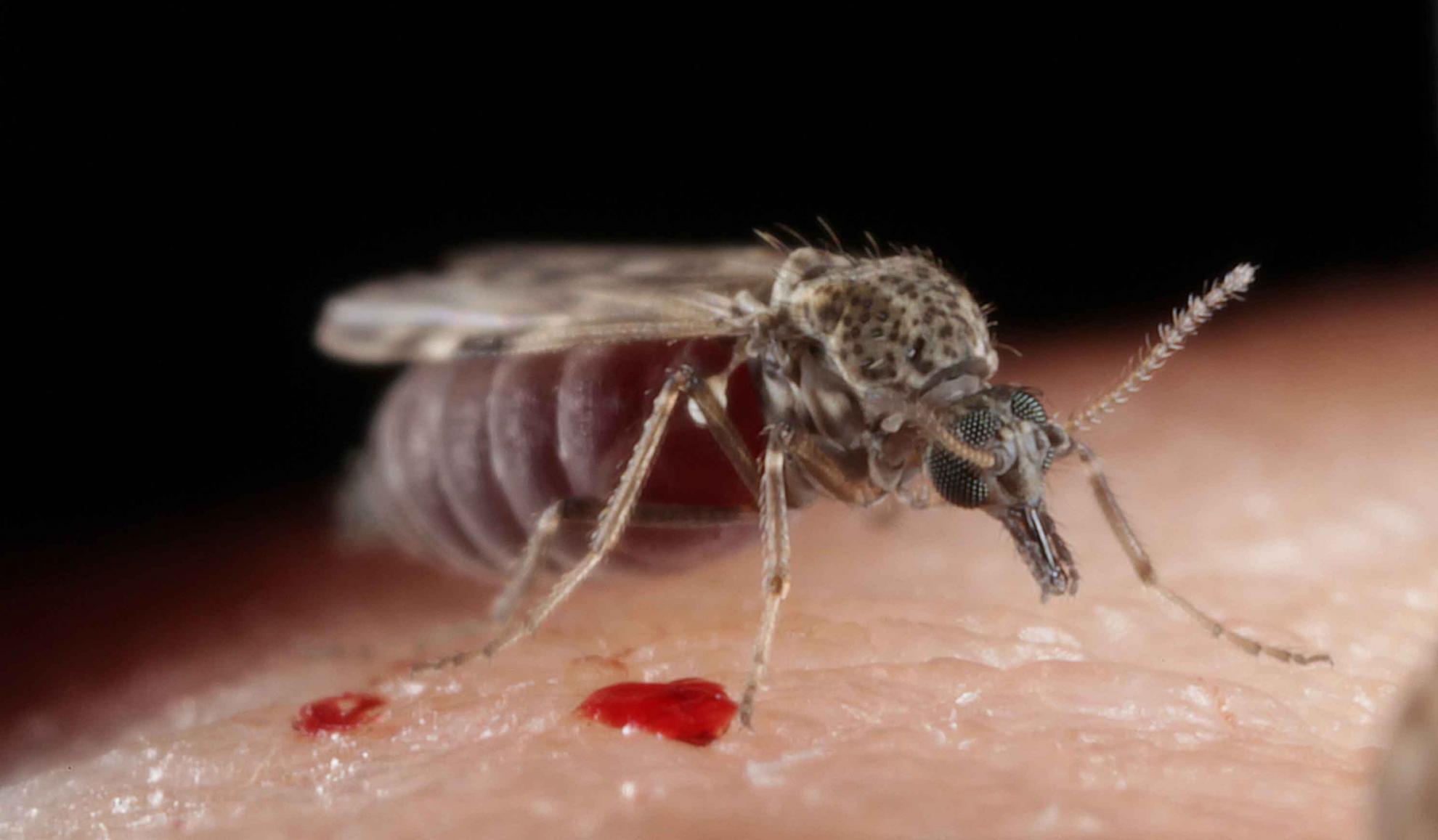Advances in control techniques for Culicoides and future prospects
In most instances, vaccination is accepted to be the most effective method of preventing Culicoides-borne arbovirus transmission, as it has proven to be successful in large-scale campaigns. Under certain scenarios, however, vaccines require time to be developed and deployed or are not used due to financial, logistical or trade constraints. In the absence of vaccines, animal movement restrictions and techniques to reduce either the number of Culicoides biting livestock or their subsequent survival are the only responses available to prevent or reduce arbovirus transmission and spread. This review evaluates the progress made during the past 10 years in the development of Culicoides control techniques for this purpose and assesses their potential impact in reducing arbovirus transmission. In addition, the future prospects and challenges facing Culicoides control are examined and suggestions are made as to research directions and opportunities.
